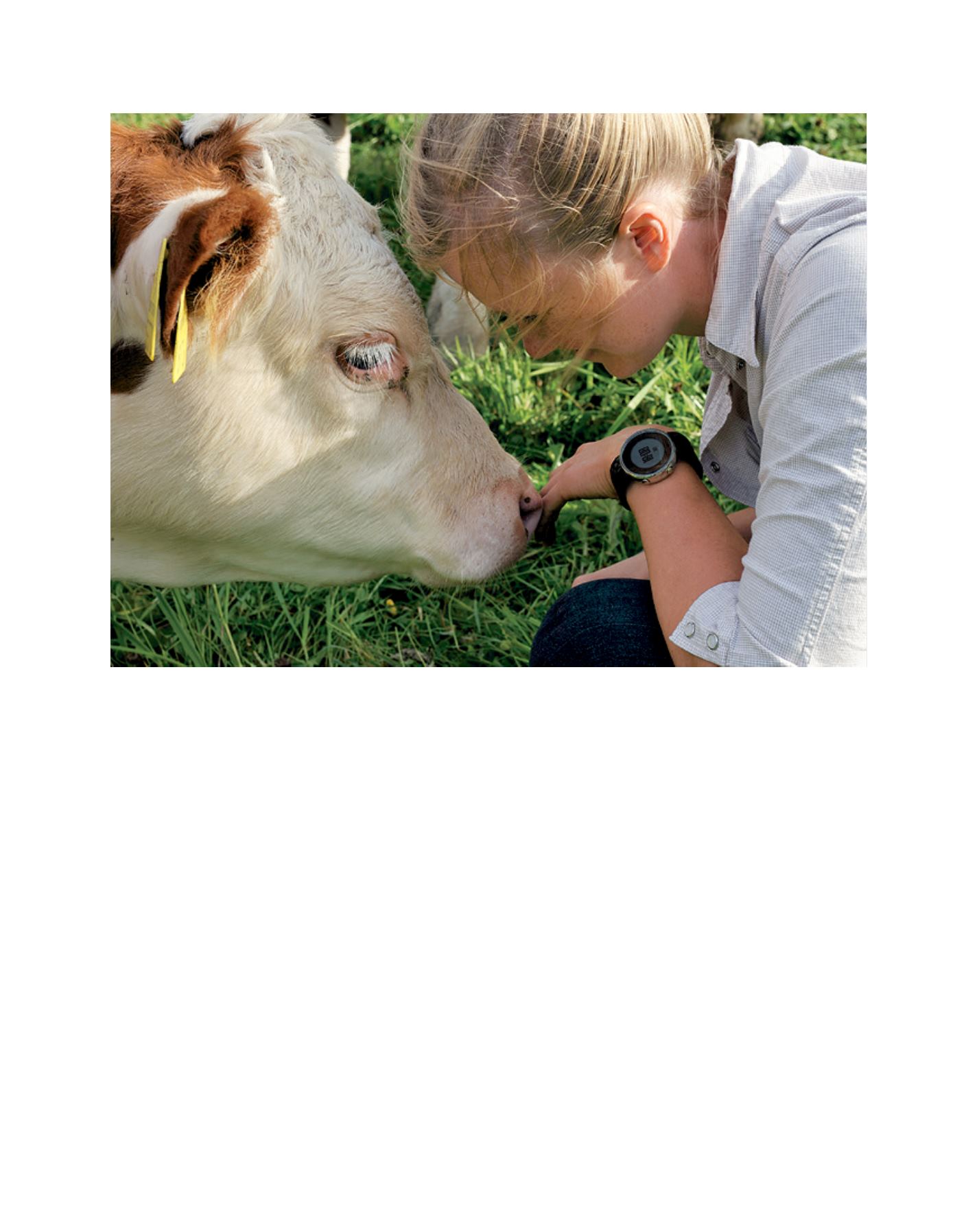

[
] 213
Image: MMM/Mavi: Martina Motzbäuchel
It is important to leave behind an environmentally sustainable and competitive farm for the next generation
Enhancing transparency and food safety
Finnish food safety is of top international standard. This has been
achieved by serious, long-term and comprehensive efforts involv-
ing actors in the food chain, public authorities and scientists.
Maintaining the high standard calls for constant updating of the
food safety systems and proper crisis preparedness.
Quality thinking throughout the food chain is one of the
core strengths of the Finnish food sector. Quality starts on
the farms, with farmers widely attending voluntary quality
programmes, and covers the whole food chain.
Maintaining food safety obviously costs money. The Finnish
Food Safety Authority Evira
1
estimates that entries relating to
own-checks alone cost the food business operators about €188
million a year. The annual costs of municipal food control are
about €26 million and the costs to the state are about the same.
A high standard of food safety is, however, far less expen-
sive than paying for the costs that would result from people
or animals falling ill and loss of the special competitive advan-
tage of the Finnish food chain. Compared to the total annual
cash flows of €24 billion in the agriculture and food sector, the
costs of ensuring a high standard of food safety are very low.
Farms that sell their own products are becomingmore common.
When consumers buy Finnish eggs, berries or vegetables from a
local producer they can be sure that they are safe and have no
harmful bacteria. Consumers are also interested in knowing where
the food comes from, how it has been produced and where it has
been before it arrived in their hands. For that purpose, different
kinds of coding system have been developed for different prod-
ucts. Eggs, for example, have an EU coding that tells how they
were produced and the farm they came from. Similar kinds of
national voluntary coding systems are used in meat products.
A characteristic of Finnish food production is that it is
done on family farms, with dedication and professional pride.
Farmers want to tell consumers about their product and
consumers appreciate the openness and safety this creates.
The next generation
Almost all Finnish farms (90 per cent) have committed to
environmental activities in a programme for developing rural
areas. Farms are owned by the same family for decades and
therefore it is important to leave behind an environmentally
sustainable and competitive farm for the next generation.
In a recent study by the Finnish rural newspaper Ma
aseudun
tulevaisuus,
2
Finnish farmers see their future increasingly on
diversified farms. They want to invest in production quality
instead of quantity and to focus on the well-being of animals.
The interviewed farmers dream of a modest sized farm, where
they can practice farming according to their values.
D
eep
R
oots
















